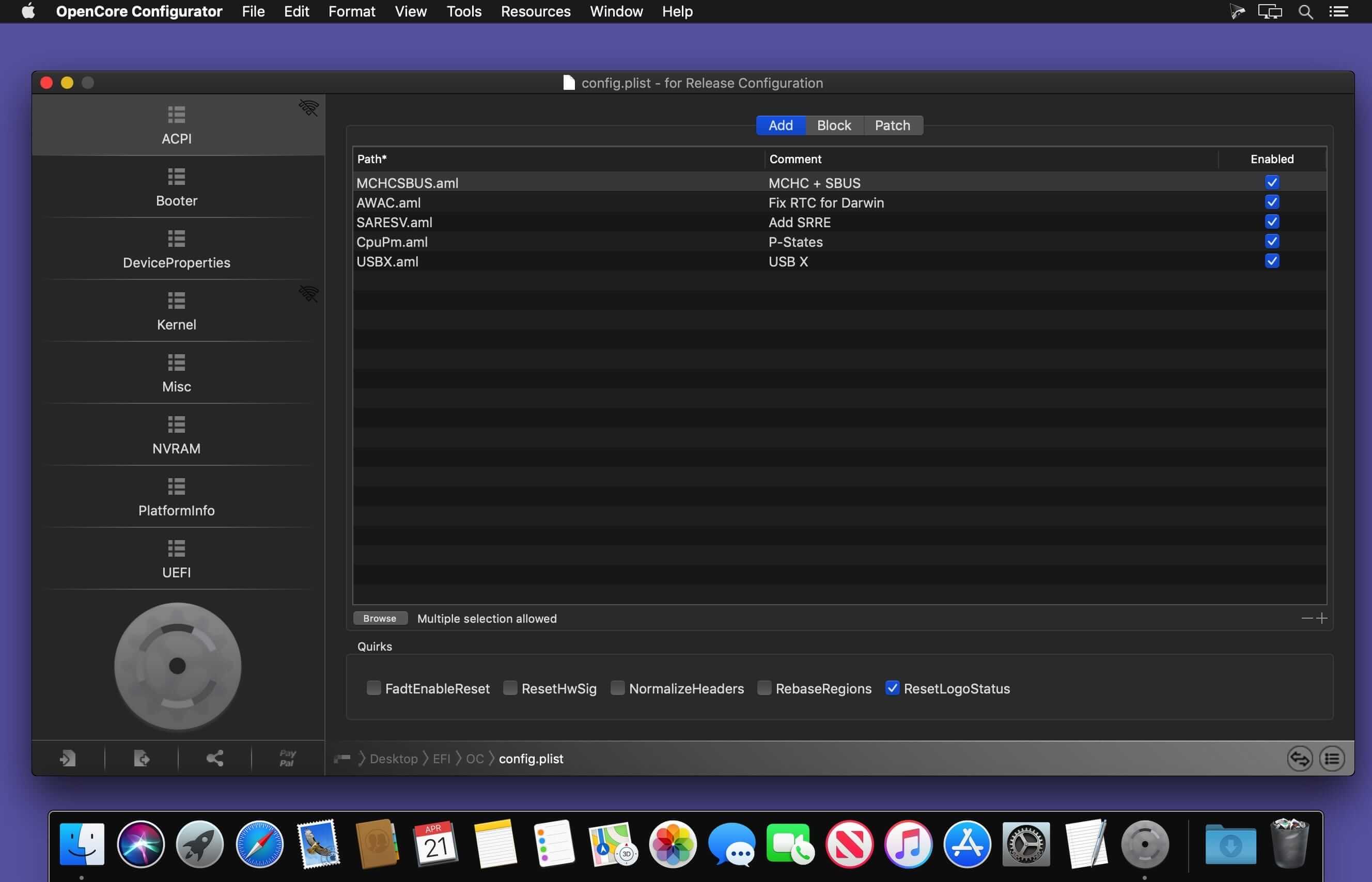LaunchBar can do the same, it just needs you to start typing the word 'Chase' first. Type that, and it offers you the fact that there is a Chase Manhattan listed in 1Password. LaunchBar and Alfred.
- LaunchBar is smart (so the abbreviation doesn’t have to be obvious) and learns from what you type (in case it guessed wrong the first time).
- New in Portable LaunchBar Commander 1.157.01: BugFix On some monitors with high text scaling the configuration dialog was cut off. MinorChange Right-clicking on an item on a launch bar brings.
- Countless configurations for tweaking the app and the hosted shortcuts. One of the great advantages of Portable LaunchBar Commander is the versatility in adjusting each item included in the dock.
| Developer(s) | Objective Development Software GmbH |
|---|---|
| Initial release | 1996 |
| Stable release | 6.13.1 (September 15, 2020; 6 months ago[1]) [±] |
| Written in | Objective-C |
| Operating system | macOS |
| Available in | English, German |
| Type | Application launcher |
| License | Proprietary |
| Website | http://www.obdev.at/launchbar |
LaunchBar is an application launcher for macOS. It provides access to user's applications and files, by entering short abbreviations of the searched item's name. It uses an adaptive algorithm that 'learns' a user's preferred abbreviations for a particular application. For example, after training, Adobe Photoshop may be launched by simply typing 'pho' and Time Machine can be opened by typing 'tm' even though that sequence of characters does not appear anywhere in the name of the application.

LaunchBar also provides capabilities beyond application launching, such as file management and piping the current selection to a command line utility, along with clipboard management and a built-in calculator.
LaunchBar is distributed as cripplewareshareware - full usage of the application requires paying the registration fee, but up to 7 abbreviations may be used per session without paying anything.
According to user interface researcher Bruce Tognazzini, 'LaunchBar should be able to outperform a visual interface for complex, repetitive switching sequences by an expert user'.[2]
History[edit]
LaunchBar began as a series of shell scripts for the NeXTSTEP platform, then migrated to OPENSTEP where it was developed into a full-fledged application. It was ported to Mac OS X in 2001 as LaunchBar 3.
In 2005, Apple introduced Spotlight, which took over LaunchBar's default position at the top-right corner of the screen. In response, LaunchBar was changed to display its window at the center of the screen, below the menu bar.[3]
In 2014, LaunchBar 6 was released with a redesigned interface, additional indexing rules and built-in actions, live web searches and usage statistics.[4][5]
See also[edit]
Groove Launchbar
External links[edit]
References[edit]
Launchbar Snippets
- ^'Release Notes – LaunchBar 6'. Retrieved October 26, 2020.
- ^'Make Your Mac a Monster Machine'. Retrieved January 27, 2019.CS1 maint: discouraged parameter (link)
- ^'New LaunchBar proves Apple hasn't killed app launchers yet'. Cult of Mac. June 11, 2014. Retrieved June 21, 2018.CS1 maint: discouraged parameter (link)
- ^'LaunchBar 6 Released'. LaunchBar. June 11, 2014.CS1 maint: discouraged parameter (link)
- ^'LaunchBar 6 review: Do-everything utility gets (and looks) even better'. Macworld. June 16, 2014. Retrieved June 21, 2018.CS1 maint: discouraged parameter (link)
Launchbar Action
